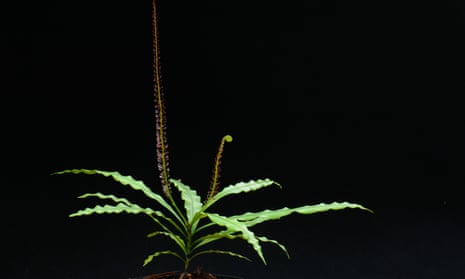It sounds like a science fiction horror movie – a carnivorous plant that grows up to 60 metres high reaching up through the canopies of tropical trees, feasting on bugs using sticky leaf glands that ooze digestive enzymes to absorb its catch of prey.
Triphyophyllum peltatum is a woody vine that grows in the rainforests of west Africa, although strangely it is a part-time carnivore that develops into a killer only at certain times. What turns this seemingly ordinary plant into a carnivore has been a mystery, largely because the plant is rare and difficult to cultivate.
But a recent study managed to grow the plants and then put them under various sorts of stress to find out what turned on their carnivory. Only when the plants were starved of phosphorus did they switch to growing carnivorous leaves and start feeding on insects.
Phosphorus is a vital nutrient for plants. Triphyophyllum is especially starved of phosphorus during the dry season of its native forests, and this is when it grows its killer leaves. When the shortage of phosphorus in the soil has recovered, the plant switches off its carnivorous habit and returns to growing ordinary leaves again.

Comments (…)
Sign in or create your Guardian account to join the discussion